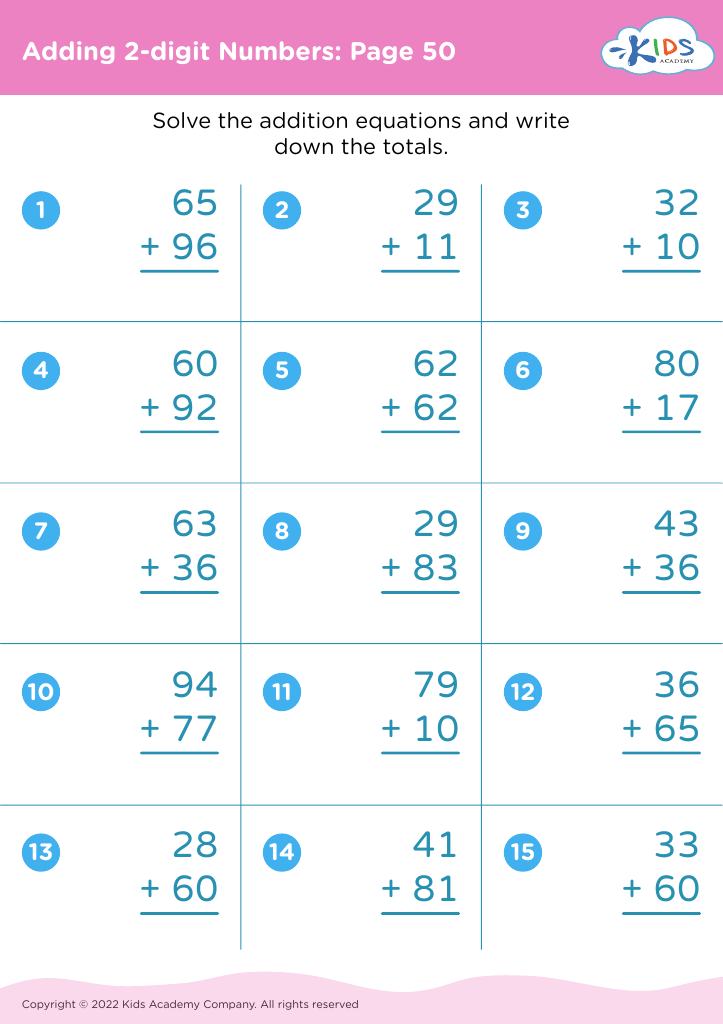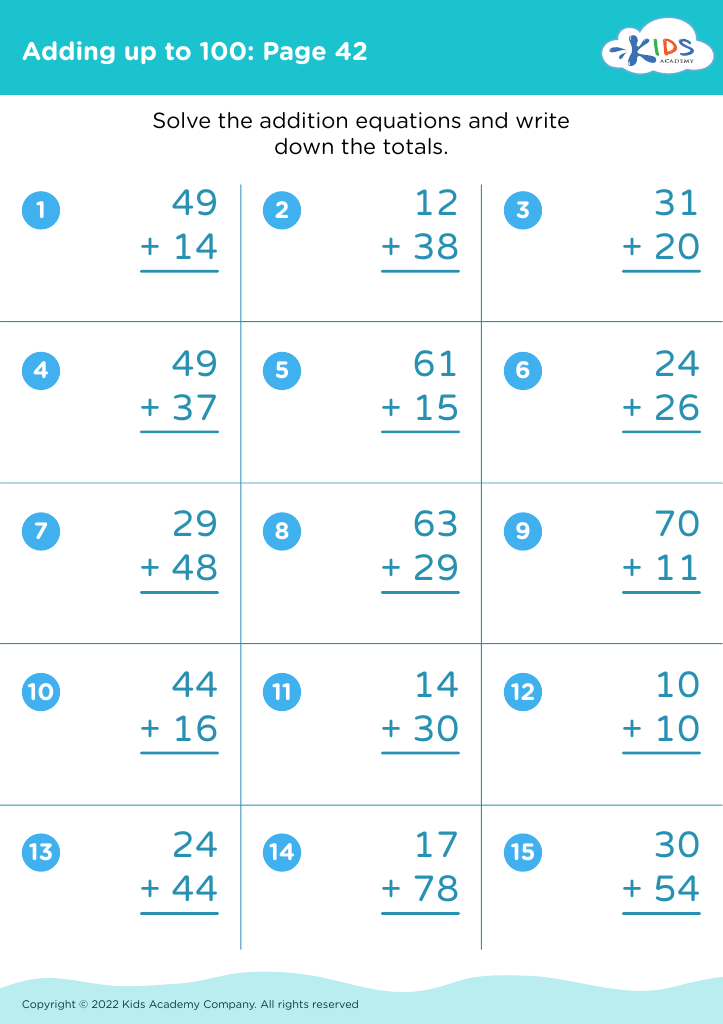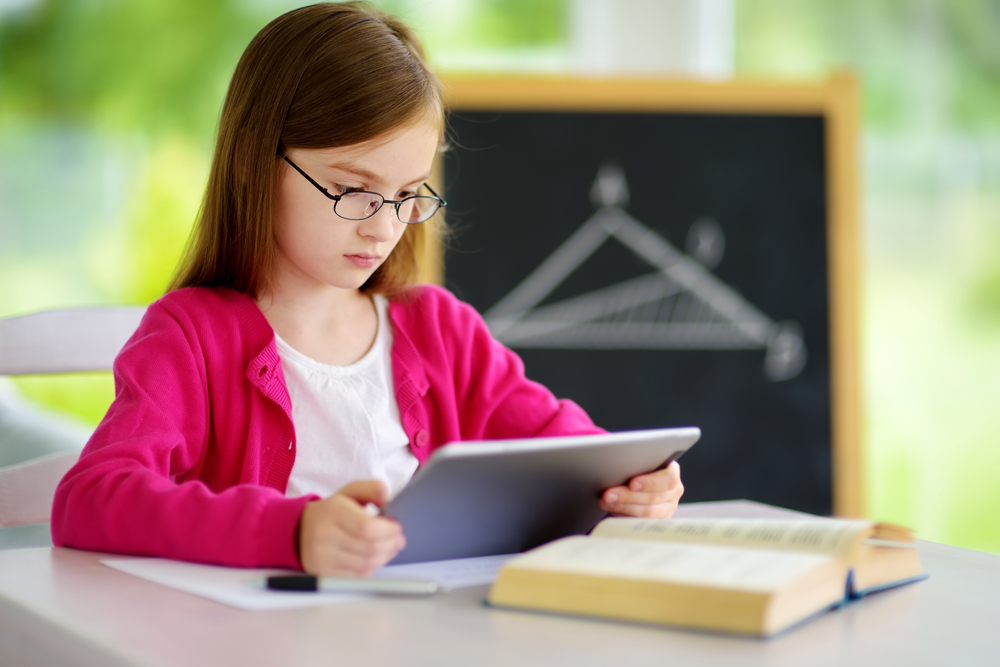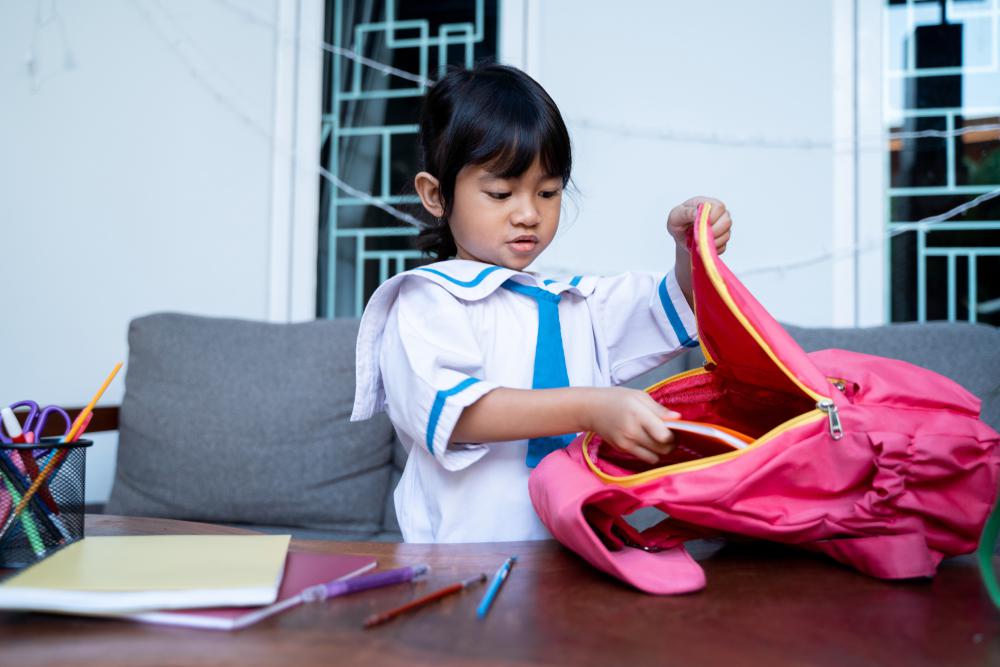Letter recognition Addition Worksheets for Ages 7-9
3 filtered results
-
From - To
Enhance the learning experience of children aged 7-9 with our engaging Letter Recognition Addition Worksheets. These unique printable worksheets merge literacy and numeracy skills, enabling young learners to master alphabet identification while practicing addition problems. Designed meticulously to align with grade-level standards, each worksheet fosters letter recognition, reinforces counting skills, and promotes arithmetic abilities in a fun, interactive way. Watch as your child’s confidence soars with every completed page, making math and language arts an enjoyable part of their academic journey. Ideal for classroom use or homeschooling, these versatile sheets offer practical, creative educational support for young minds.
Letter recognition is a cornerstone of literacy that significantly impacts a child's academic journey, especially vital for ages 7-9. By this age, children transition from learning to read to reading to learn. Ensuring they have strong letter recognition skills lays a solid foundation for fluent reading and comprehension.
At ages 7-9, children encounter more complex texts and new vocabulary, which demands efficient decoding abilities. Mastery in letter recognition helps children quickly identify words, enhancing their reading speed and reducing cognitive load. This facilitates better understanding and retention of material across all subjects, including math, science, and social studies.
Moreover, letter recognition boosts children's confidence in their reading abilities. When they can effortlessly decode words, they're more likely to enjoy reading, leading to a positive feedback loop of practice and improvement. This love for reading spills over into other areas, fostering a growth mindset and a lifelong love for learning.
For teachers and parents, fostering letter recognition involves regular practice through engaging activities like reading aloud, playing word games, and using flashcards. Early intervention and consistent support can address any lags in development, ensuring every child has the tools to succeed academically and beyond. In essence, robust letter recognition skills are critical for unlocking a child's full potential in literacy and overall education.









.jpg)














